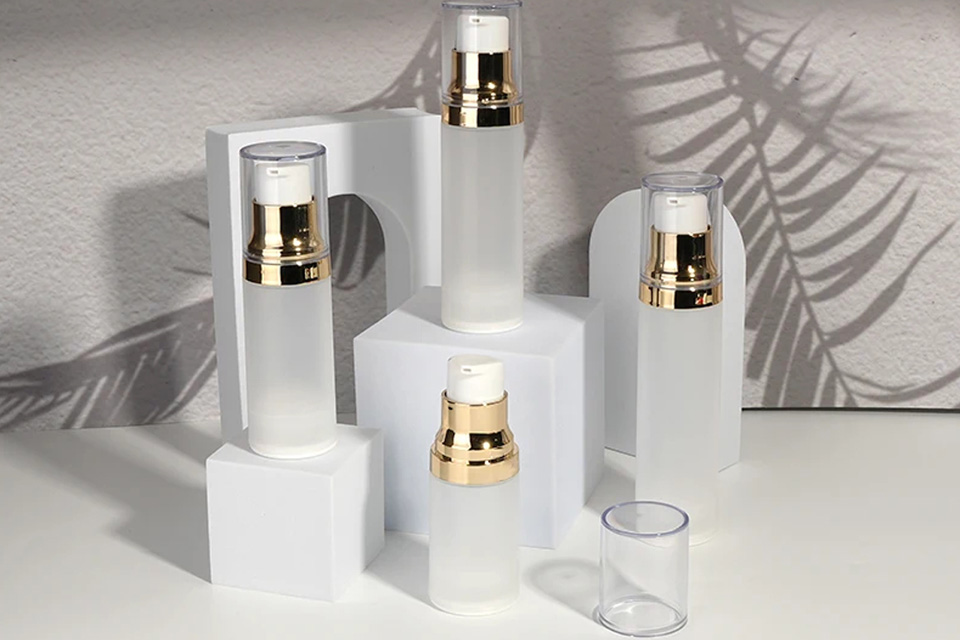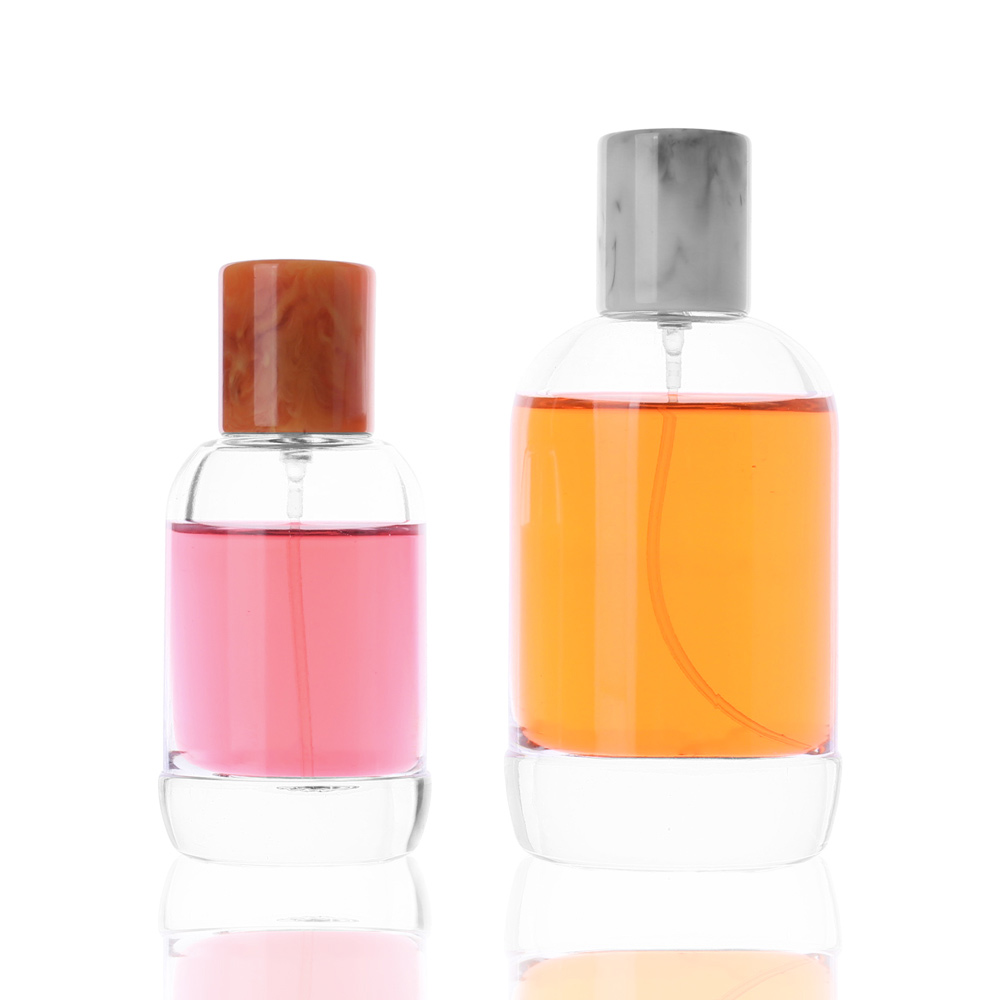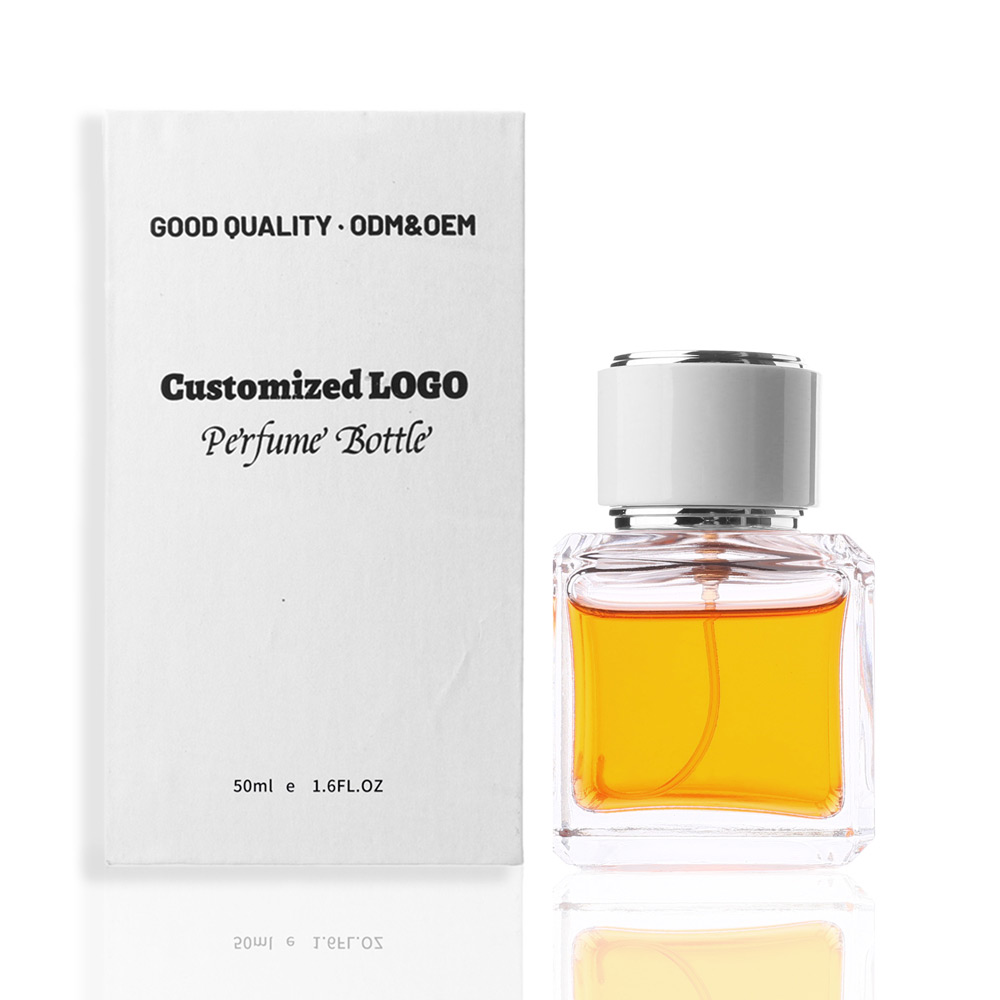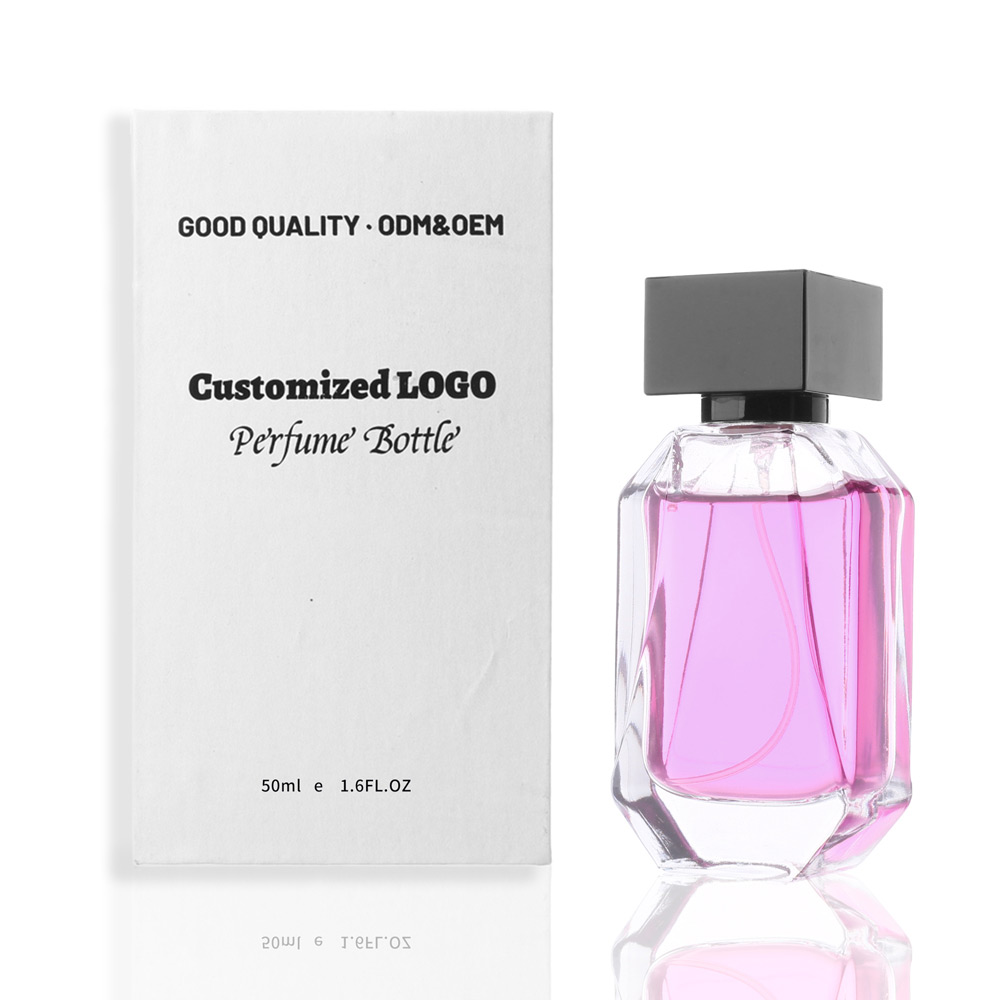- Packaging is Crucial: Cosmetic packaging is not just a container; it protects the product, communicates brand values, and influences consumer purchasing decisions.
- Material Variety: Common materials used in cosmetic packaging include plastic, glass, and metal, each with its own advantages and disadvantages.
- Container Types: Different types of containers, such as jars, bottles, tubes, and airless pumps, are suited for different product types and usage patterns.
- Plastic’s Dominance: Plastic packaging is widely used due to its versatility, lightweight nature, durability, and cost-effectiveness, but sustainability concerns are driving change.
- Glass for Luxury: Glass packaging is often used for high-end products due to its elegant appearance, excellent barrier properties, and non-reactive nature.
- Metal’s Niche: Metal packaging offers durability and a premium feel but is less common and can be more expensive.
- Eco-Friendly Revolution: Sustainable packaging is a major trend, with brands adopting recycled materials, plant-based plastics, and refillable systems.
- Design Matters: Packaging design should align with brand identity, appeal to the target audience, and be functional for the specific product.
- Stock vs. Custom: Brands can choose between readily available stock packaging or invest in custom-designed packaging for a unique brand experience.
- Future Trends: Key trends include eco-friendly materials, smart packaging integration, personalization, and continued innovation in materials and design.
10 Most Important Things About Cosmetic Packaging

Previous Post
What is the Difference Between Stock Packaging and Custom Packaging?
Next Post
Why are many customers willing to choose glass products?




